Vienna Attractions
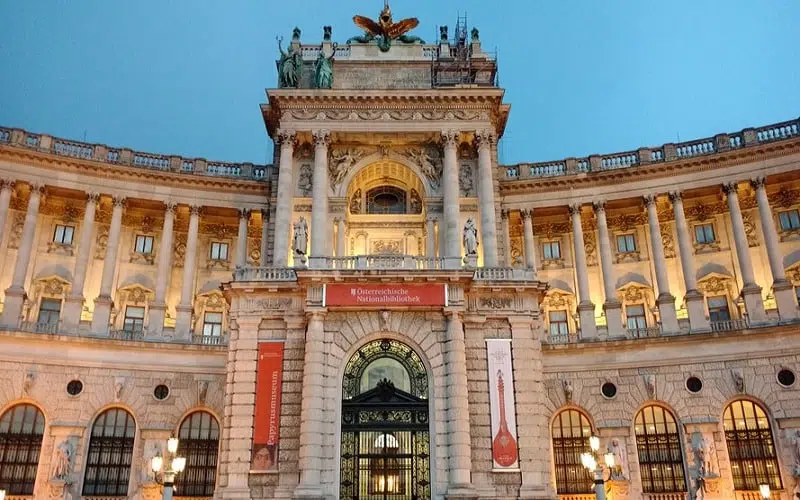
Hofburg Palace
The Hofburg Palace in Vienna provides an authentic view into the daily life of what was once the center of the powerful Hasburg dynasty, a family that once ruled the Austria-Hungry empire. The house of Hasburg was one of the most important dynasties in Europe at the time as it produced some of the kings that ruled Western Europe for several decades starting from the 15th century. It also owned the Roman Empire throne during this time which was a significant source of power.
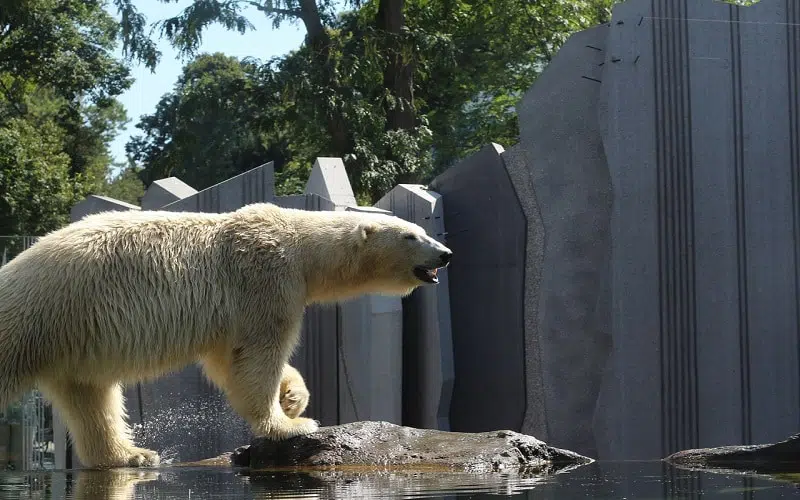
Vienna Zoo
The origins of the Vienna Zoo (Tiergarten Schönbrunn) can be traced to Emperor Francis I’s menagerie, founded in 1752 and the oldest continually-operating zoo in the world. With many of its original Baroque buildings still intact, it’s one of the most pleasant zoos in Europe to visit, particularly if you spend a little time seeking refreshment in the original 18th-century Imperial Breakfast Pavilion that now houses a great café.
A highlight of the zoo’s more than 750 species are its giant pandas, including cubs, as well as the many fascinating creatures housed in the interactive Rainforest House and Aquarium. If you’re traveling to Vienna with children, be sure to check the zoo’s official website for details of feeding times, always a fun family experience. Also worth checking into is the availability of special themed and backstage guided tours.
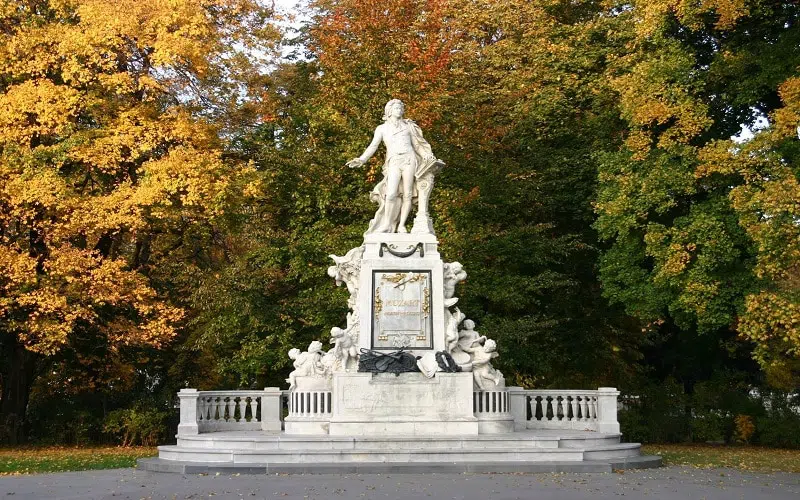
Burggarten
The Burggarten is a once-royal garden that is a bit of England in Vienna, as it is patterned after English gardens. The Burggarten was the court garden for the Hapsburg rulers. One Austrian ruler, Kaiser Franz II used to work in the garden, which is now a place where people can enjoy outdoor lunches on pleasant days. A memorial to that great Austrian composer, Mozart, can be found in one corner of the garden, while the Palmenhaus, a magnificent glass palm house, is located in the northern part. The left part of the Palmenhaus houses the Schmettlerlinghaus where visitors can see tropical butterflies and even bats.
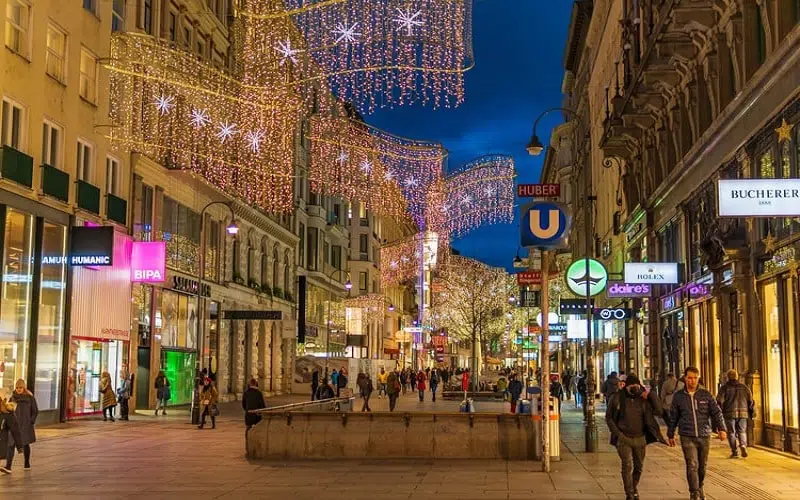
Graben
Graben is one of the most famous streets in central Vienna. The word Graben means “trench” in German, and dates back to an old Roman encampment in the Austrian capital. Back in those days, Vienna was surrounded by a city wall, with a trench alongside of it. The trench was later filled in and became one of the first residential streets in Vienna. Craftsmen originally lived in wooden houses on the Graben, but it gradually evolved into a market place and later residences for the city’s elite. Today it is an up-scale shopping promenade, with many local specialties such as Wien Porzellan
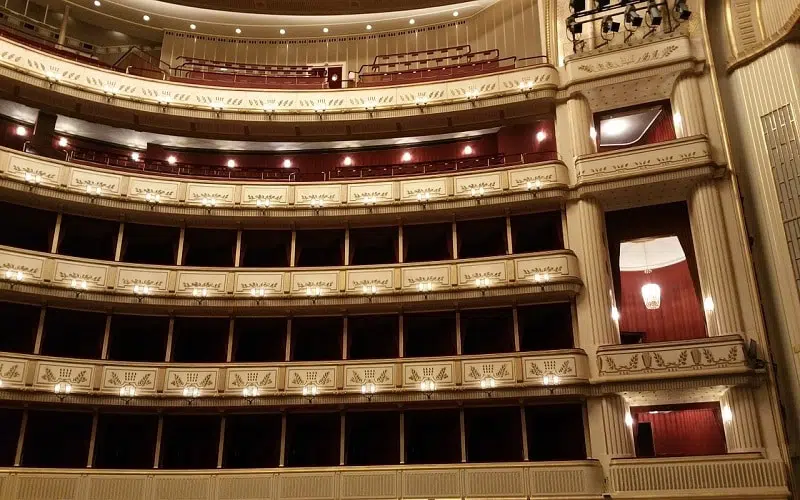
Vienna State Opera
No visit to Vienna is complete without going to see an opera. The city is synonymous with the majestic art form and the Vienna State Opera is the perfect place to go and watch a performance.
Opened in 1869 on the Ringstrasse, much of the opera house was destroyed by a bomb during the Second World War and it was rebuilt in 1955 in the form of the elegant high Renaissance building we see before us today. The interior is equally opulent, with its marble staircases, luxurious lobbies and the breathtaking auditorium itself.
With numerous operas, ballets and classical concerts being performed daily, the Vienna State Opera has something for everyone to enjoy.
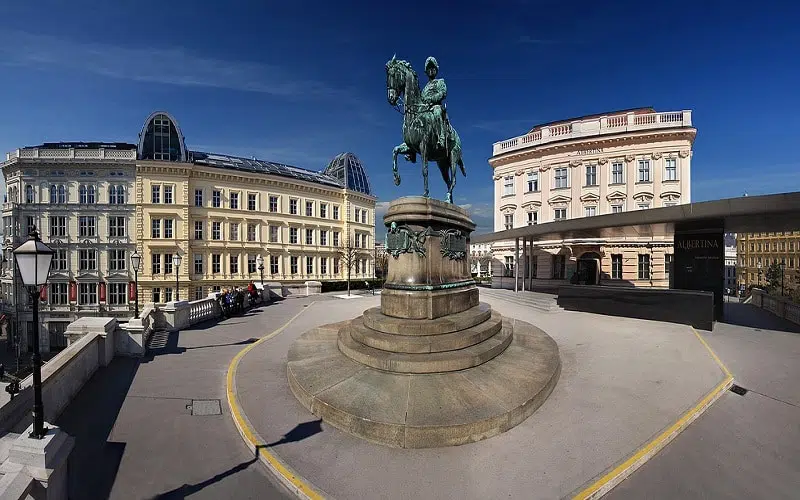
Albertina
Located in Vienna’s Innere Stadt, the Albertina hosts an amazing collection of artworks, including drawings, paintings, and sculptures.
Once part of the city’s old fortifications, the Albertina has stood since the 17th century and was renovated into a palace before becoming an art museum. Home to one of the most extensive and important print rooms on Earth, the collection is wonderful to explore. Masterpieces by da Vinci, Bruegel the Elder and Toulouse-Lautrec are on display.
In addition to its delightful permanent collection, temporary exhibitions ensure that this is a place worth returning to for both locals and tourists.
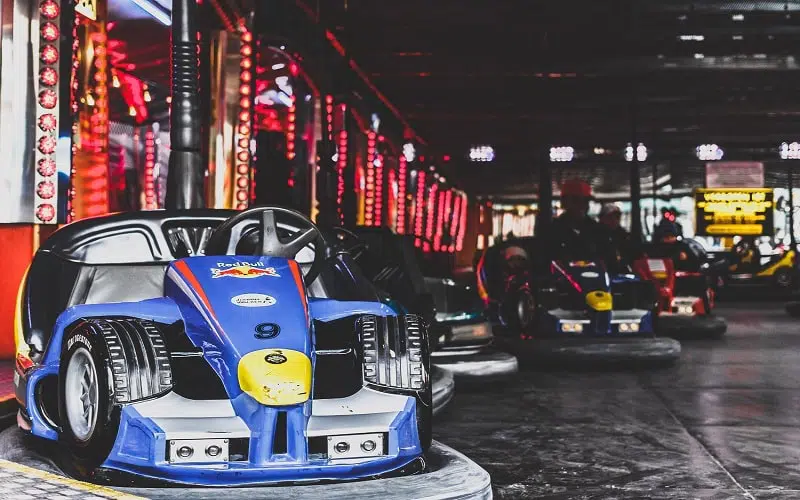
Prater
Prater is a large public park located in Leopoldstadt. Its huge green spaces make it a popular spot among locals and tourists alike. While many people visit to relax and unwind amongst the greenery, an amusement park, museum, and even a disco are situated within the park. While wandering around the park, make sure to take a ride in the huge Ferris Wheel that towers over Prater – the views are breathtaking.
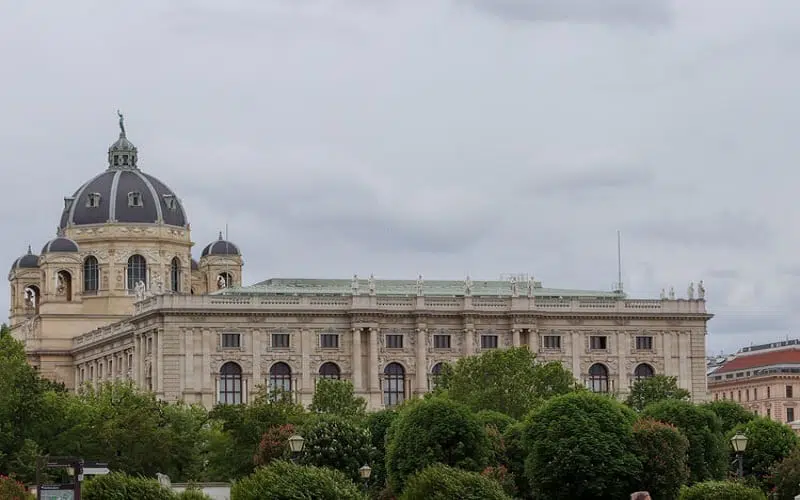
Naturhistorisches Museum
Vienna’s Natural History Museum is one of the most important of its kind in the world and is remarkably home to over 30 million objects.
The 39 exhibition rooms cover everything from precious stones and dinosaurs to prehistoric art and stuffed animals. Visitors will learn a lot from its fascinating displays and exhibits. Just as stunning as the extensive collection is the beautiful palace itself, featuring elegant galleries, staircases, and lobbies. Built in the late nineteenth century, the Natural History Museum is located on the Ringstrasse and is identical to the Kunsthistorisches Museum which lies directly in front of it.
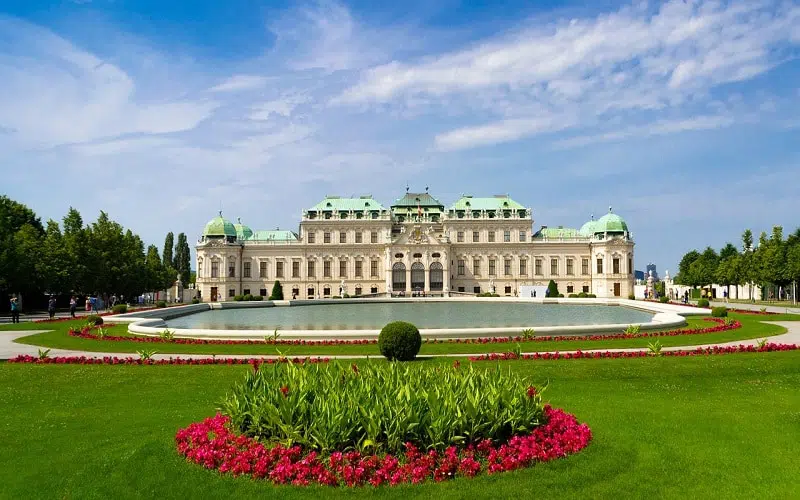
Belvedere Palace
Among Vienna’s most popular attractions, Belvedere Palace is really two splendid Baroque buildings: the Lower (Unteres) Belvedere and the Upper (Oberes) Belvedere. Highlights of the Upper Palace include the Ground Floor Hall with its statues, and the Ceremonial Staircase with its rich stucco relief and frescoes. Also worth seeing is the Marble Hall, a stunning two-story hall with numerous period sculptures, paintings, and ceiling frescoes. The Lower Palace also boasts a Marble Hall, this one noted for its oval plaster medallions and rich ceiling fresco, as well as a Marble Gallery built to house a collection of historic statues.
Other notable buildings include the Winter Palace (a Baroque building that once housed the Court Treasury), the Orangery, the Palace Stables (home to the Medieval Treasury), and the Belvedere Gardens and Fountains linking the two palaces.The Österreichische Galerie Belvedere is an art museum in the Belvedere Palace, known for its extensive collections, including a rich array of sculptures and panel paintings from the 12th to the 16th centuries. But it is perhaps best known for Austrian Symbolist artist Gustav Klimt’s The Kiss, a masterpiece of early modern art
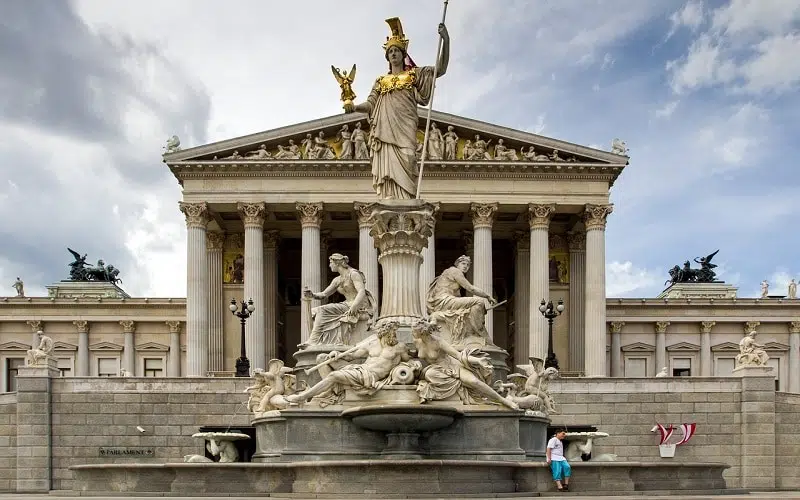
Parliament Building
Located on the Ringstrasse, the elegant Parliament Building was built in Greek Revival style. It is here that the Austrian Parliament holds its sessions. Classic Greek architecture was decided upon due to democracy’s link with Ancient Greece; its brilliantly white columns and marvelous bronze statues are wonderful to behold, while the lovely Pallas Athene Fountain stands in the foreground of the building. One of the most popular tourist attractions in Vienna, the Parliament Building is well worth visiting for its spectacular design and importance to the country.